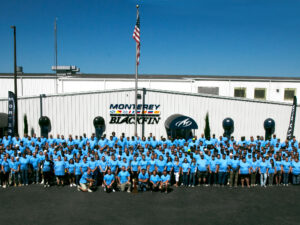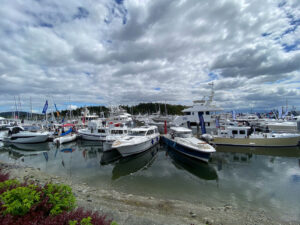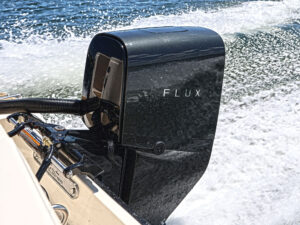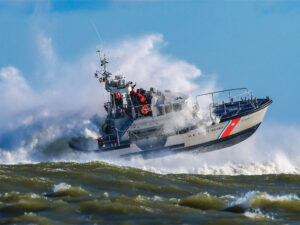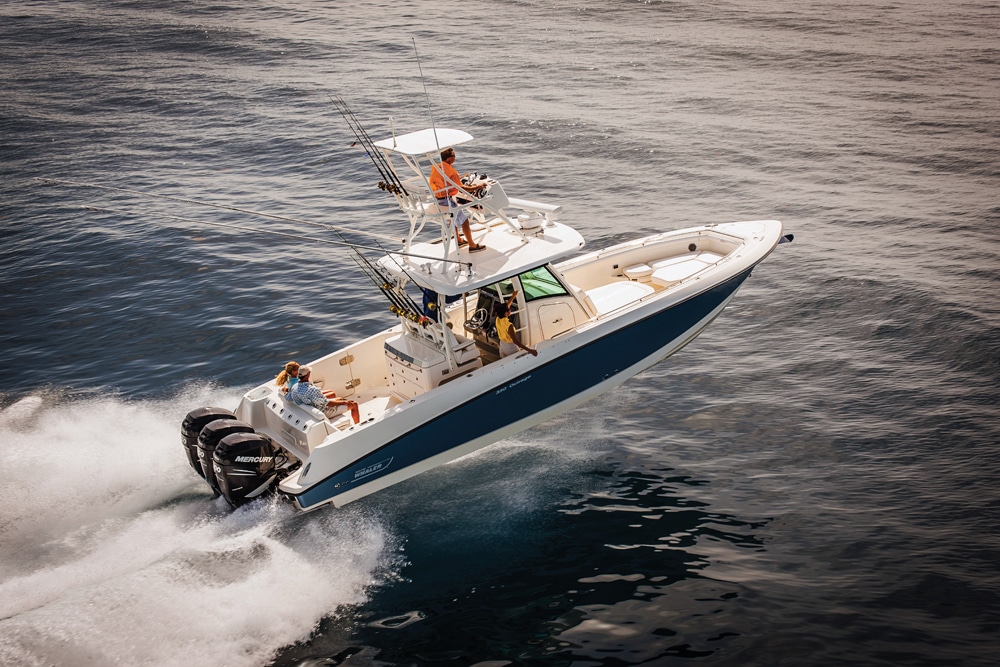
Boston Whaler 350 Outrage
Beam: 10’10”
Dry Weight: 13,896 lb.
Seating/Weight Capacity: 14/5,071 lb.
Fuel Capacity: 400 gal.
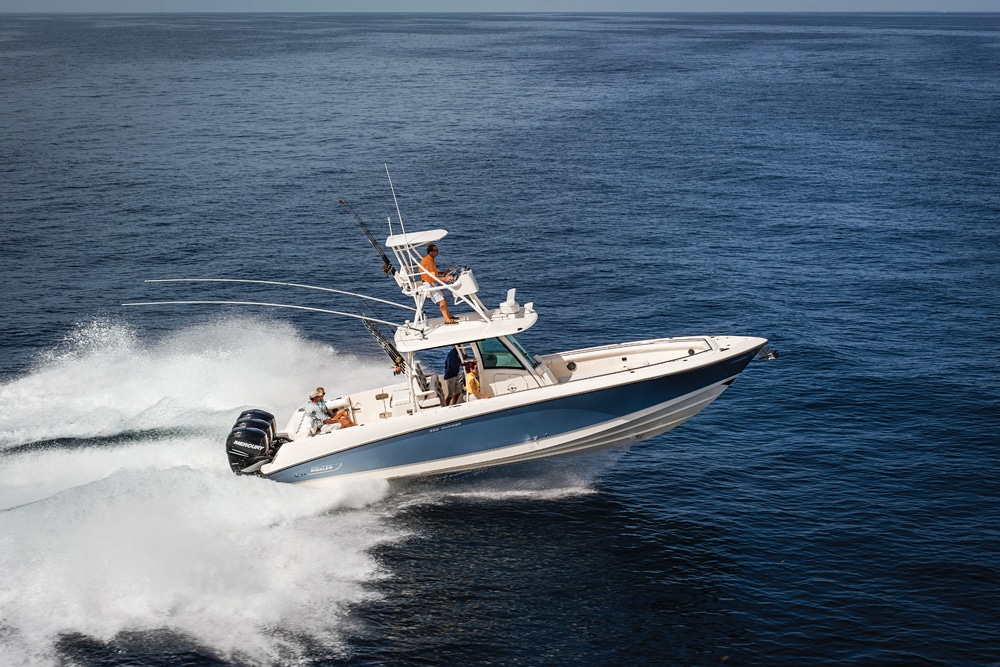
Boston Whaler 350 Outrage
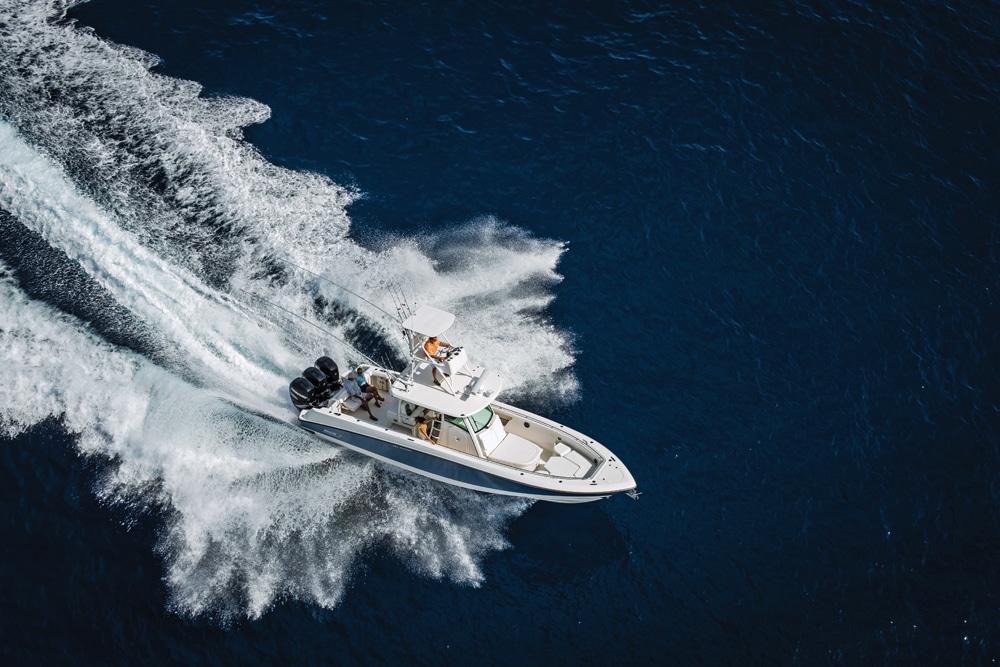
Boston Whaler 350 Outrage
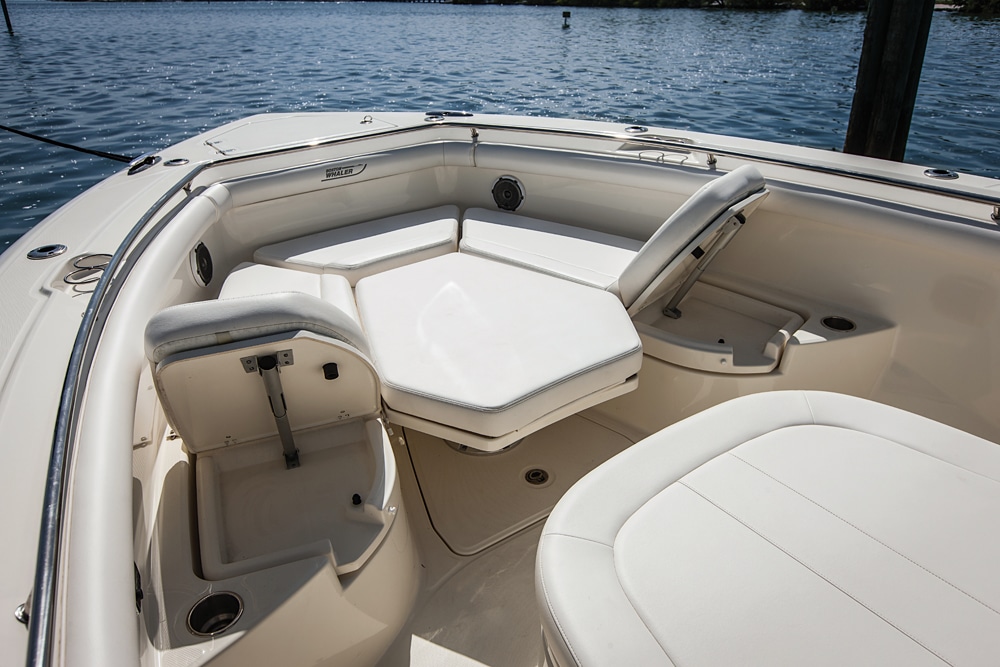
Boston Whaler 350 Outrage
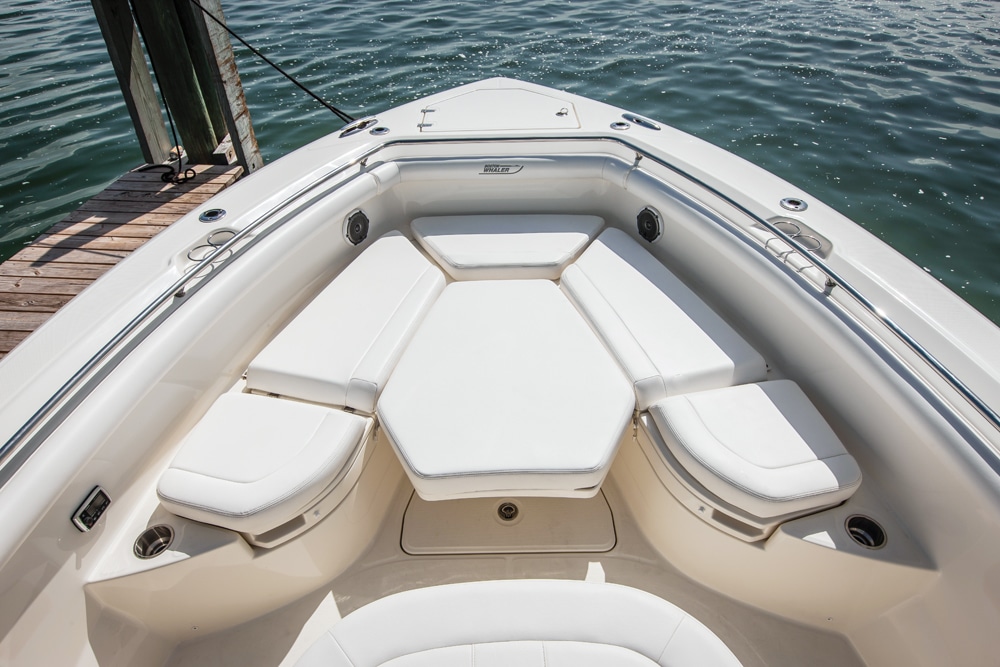
Boston Whaler 350 Outrage
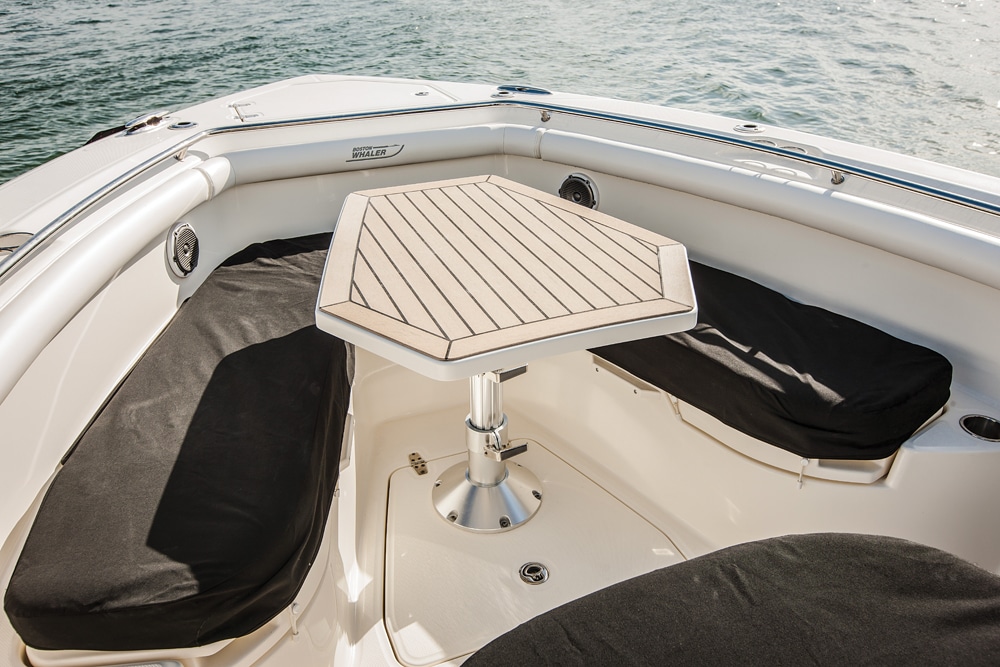
Boston Whaler 350 Outrage
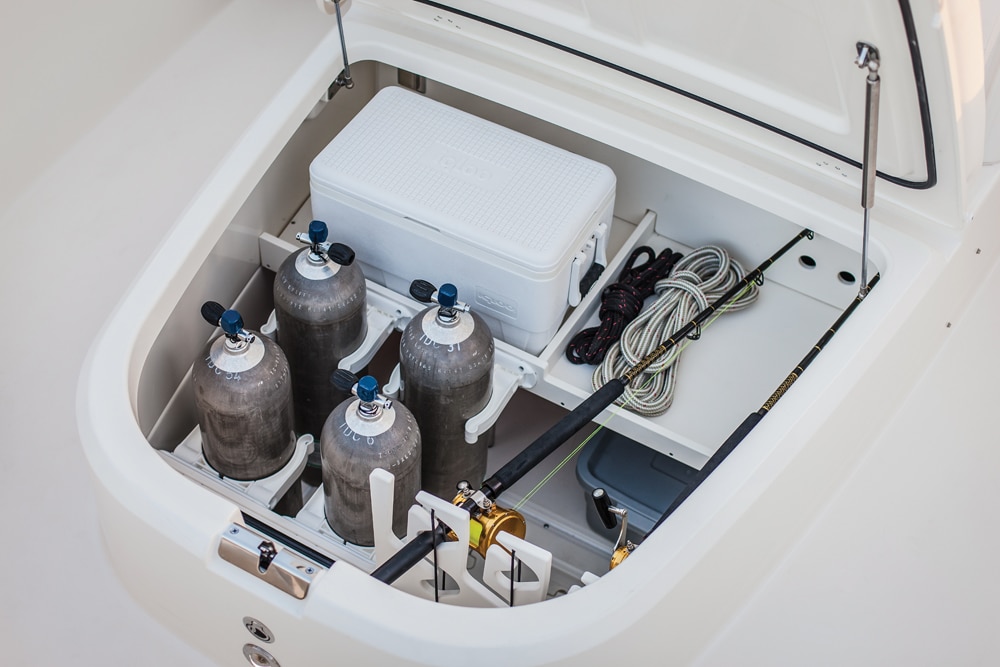
Boston Whaler 350 Outrage
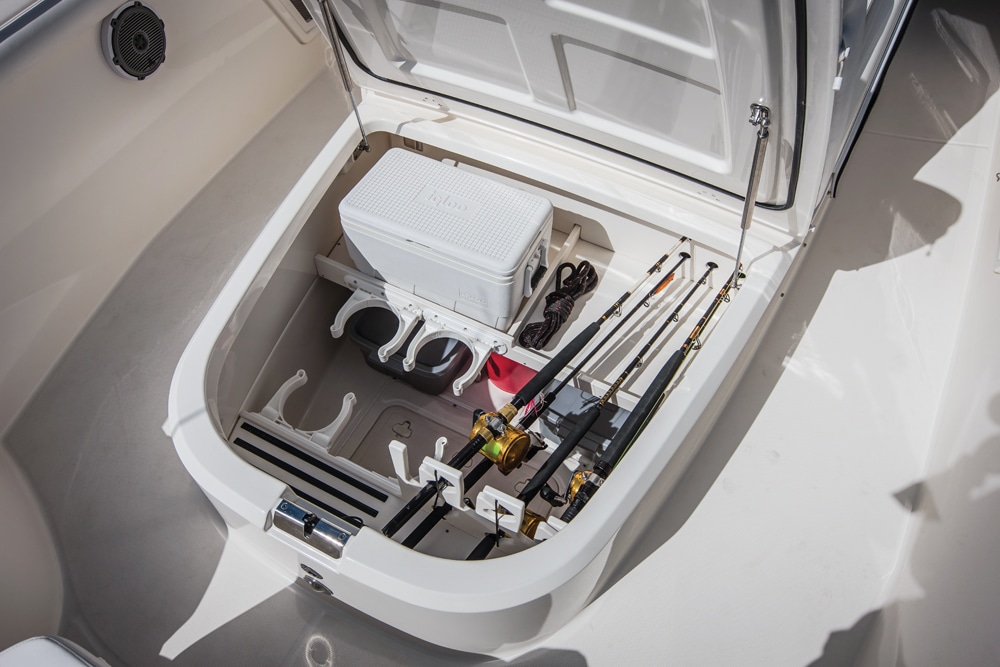
Boston Whaler 350 Outrage
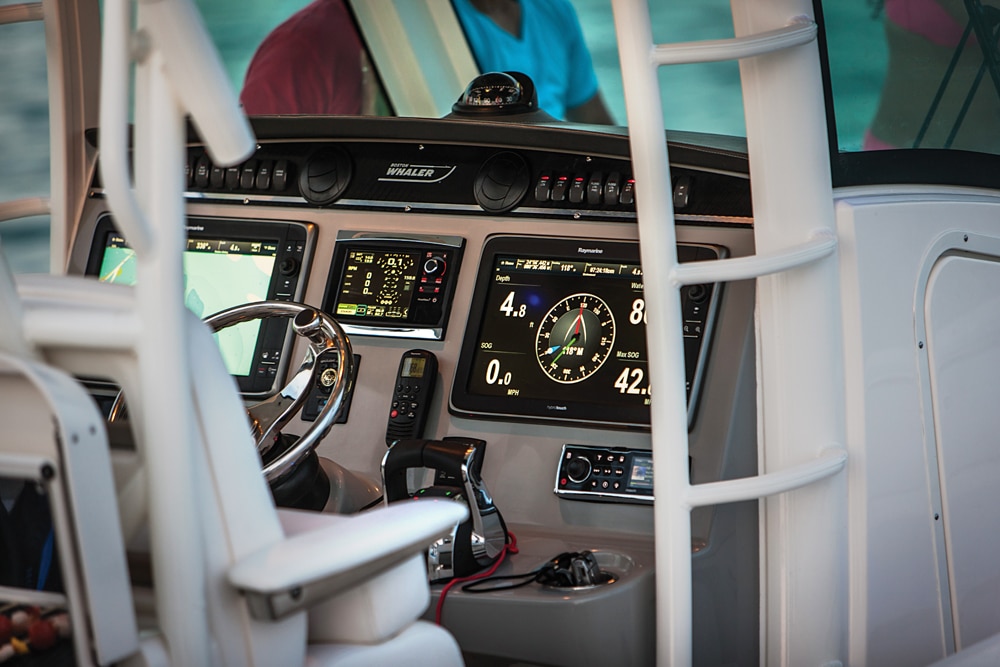
Boston Whaler 350 Outrage
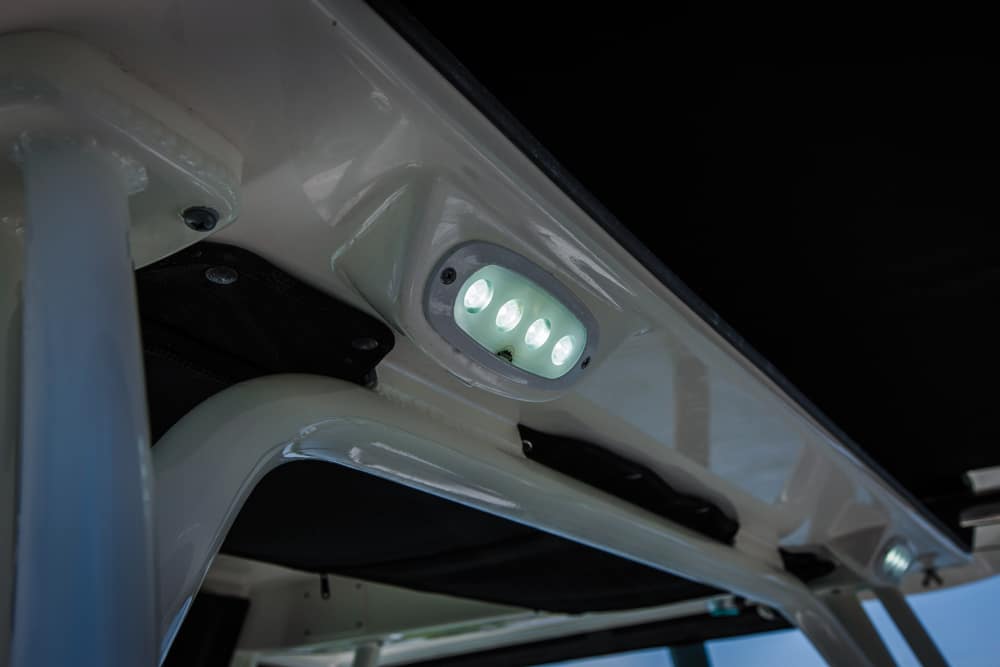
Boston Whaler 350 Outrage
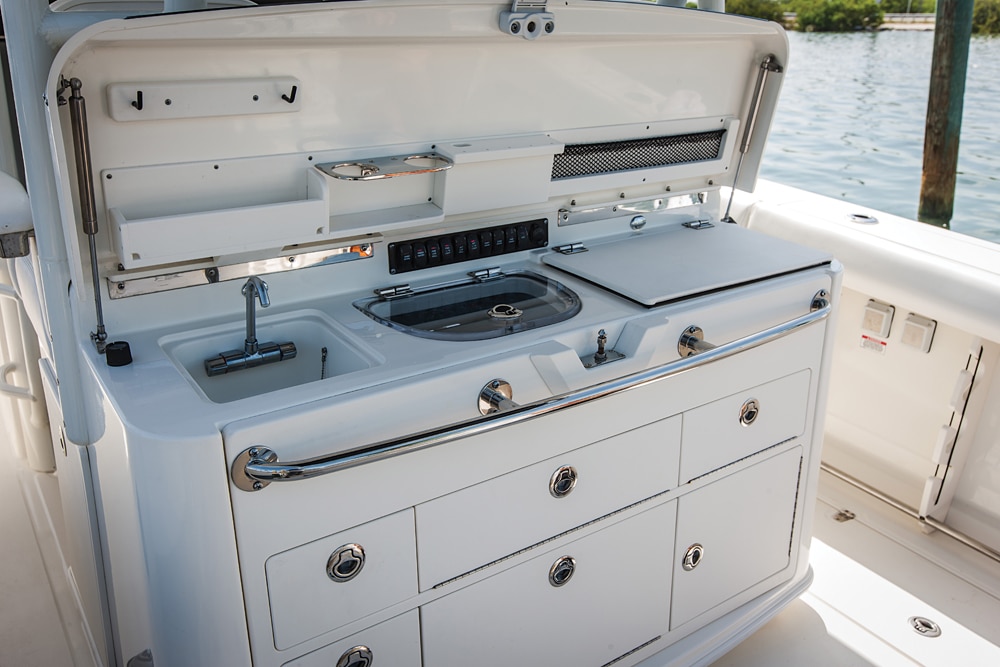
Boston Whaler 350 Outrage
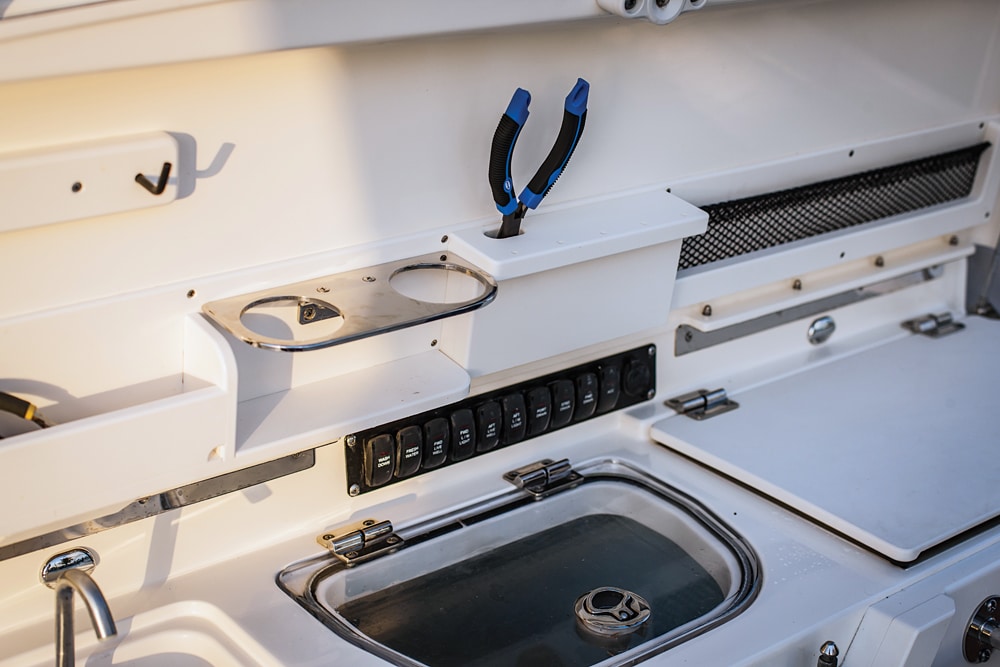
Boston Whaler 350 Outrage
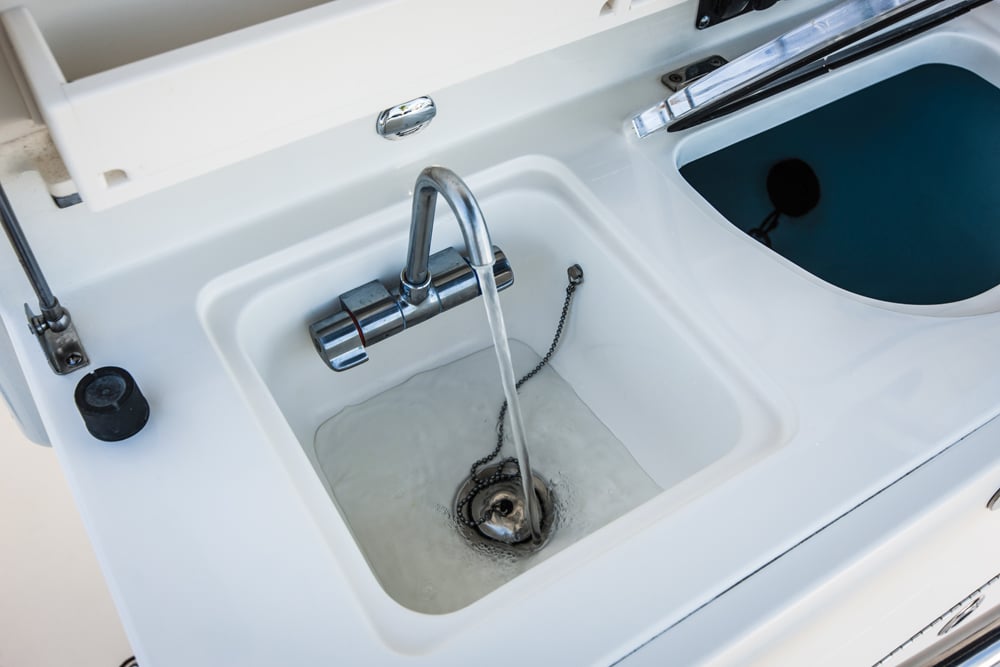
Boston Whaler 350 Outrage
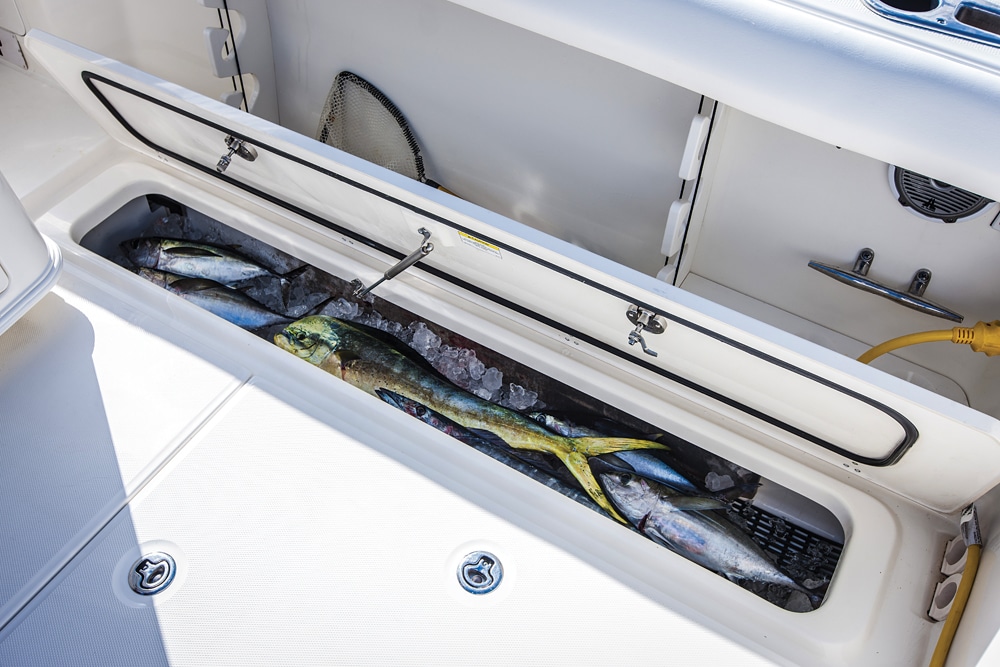
Boston Whaler 350 Outrage
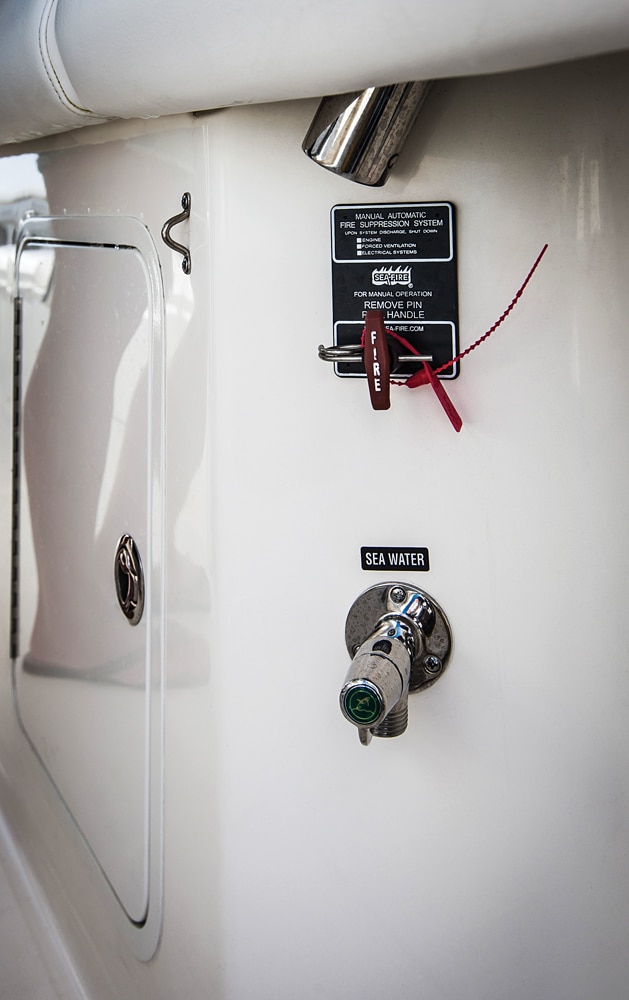
Boston Whaler 350 Outrage
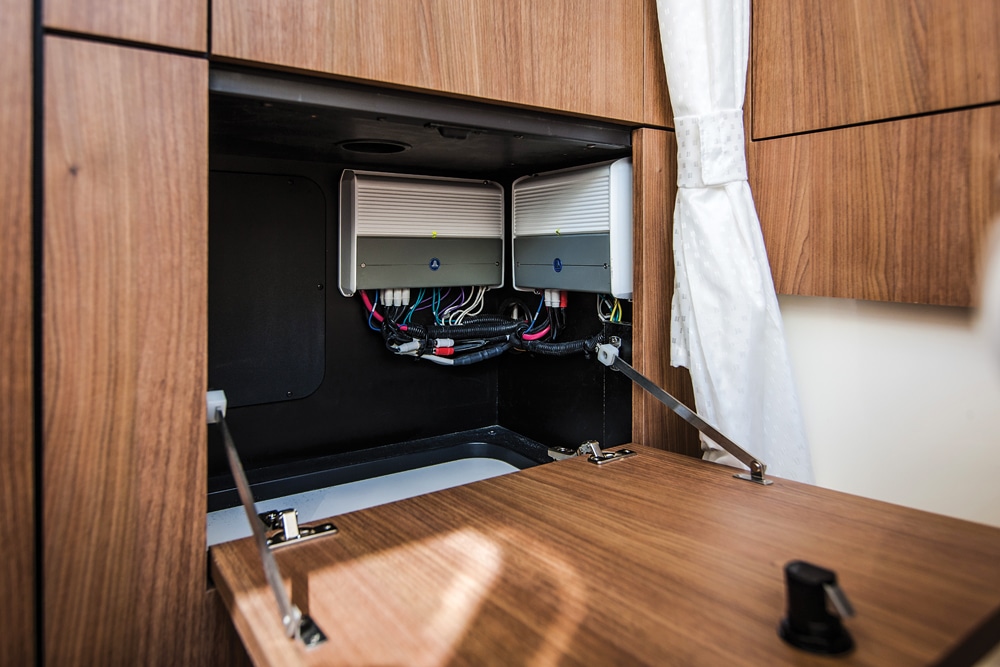
Boston Whaler 350 Outrage
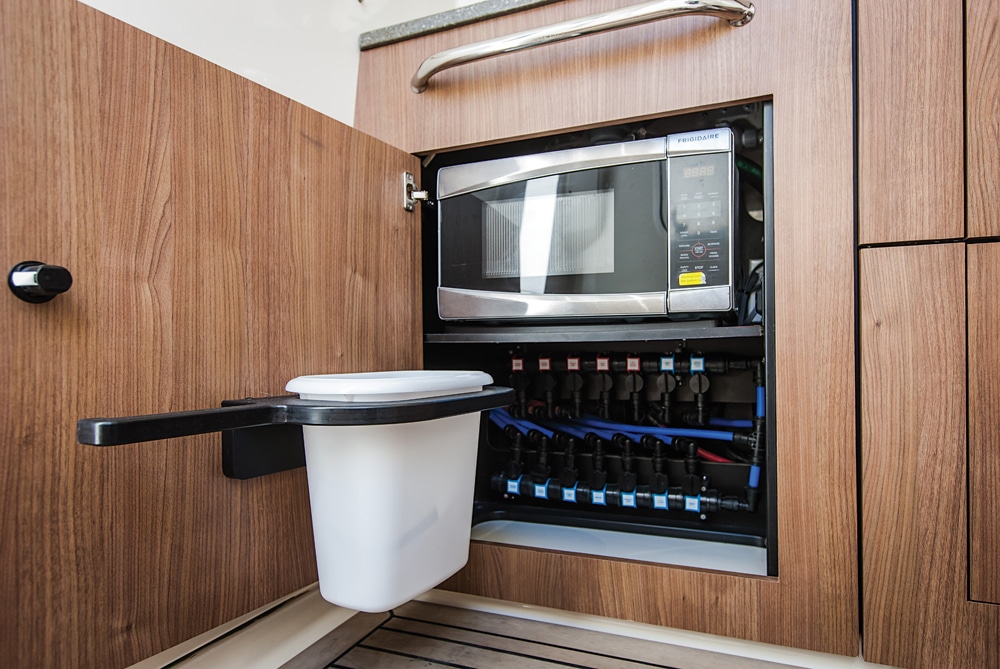
Boston Whaler 350 Outrage
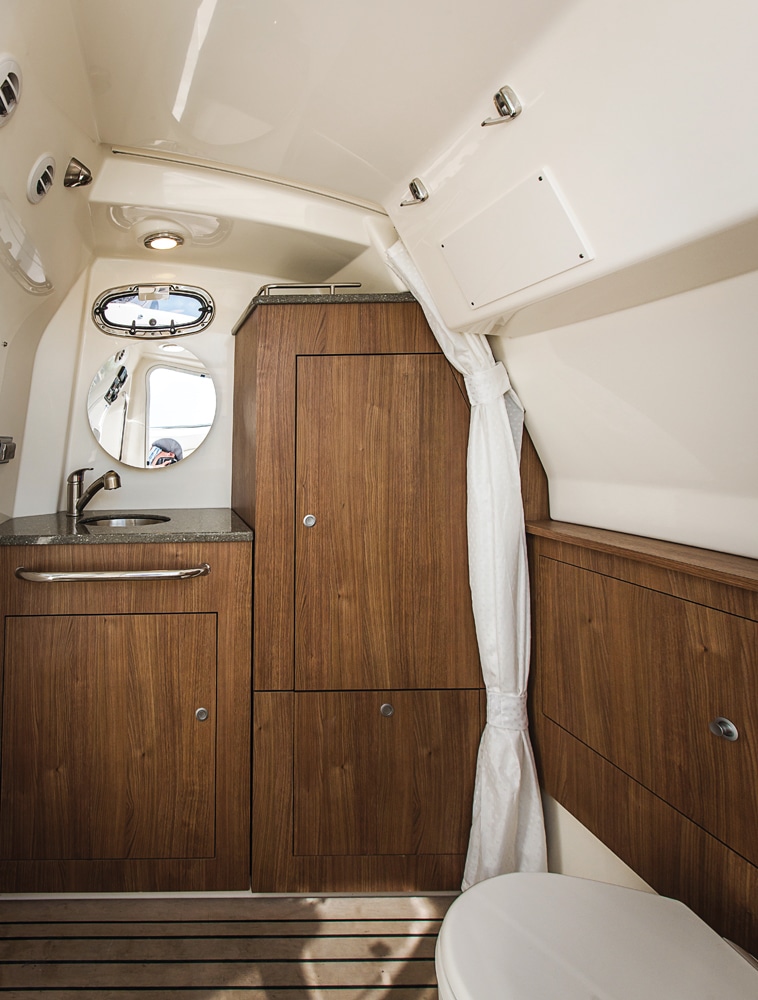
Boston Whaler 350 Outrage
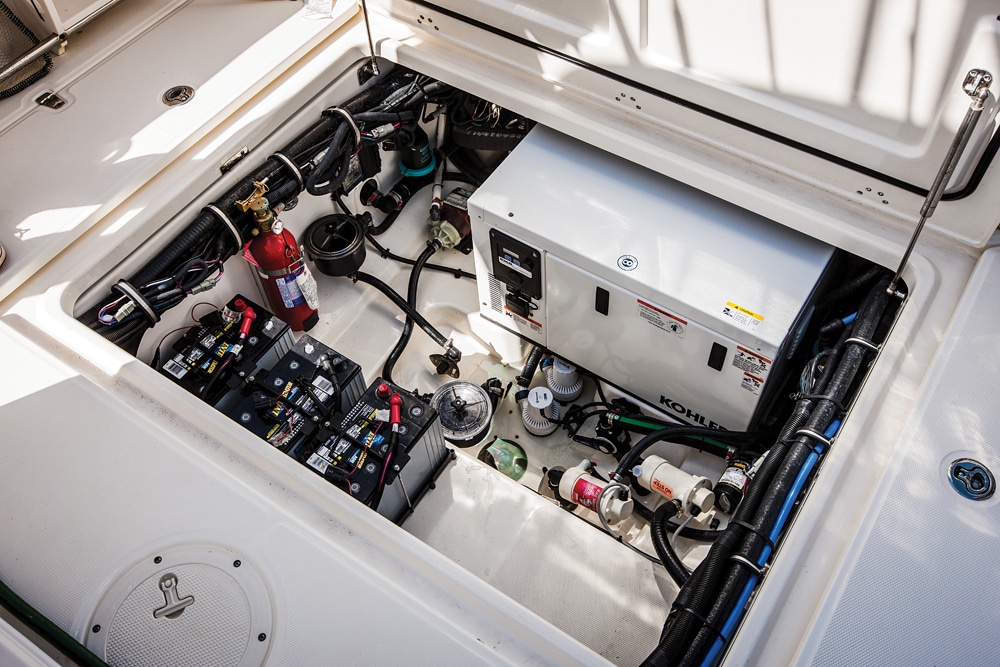
Boston Whaler 350 Outrage
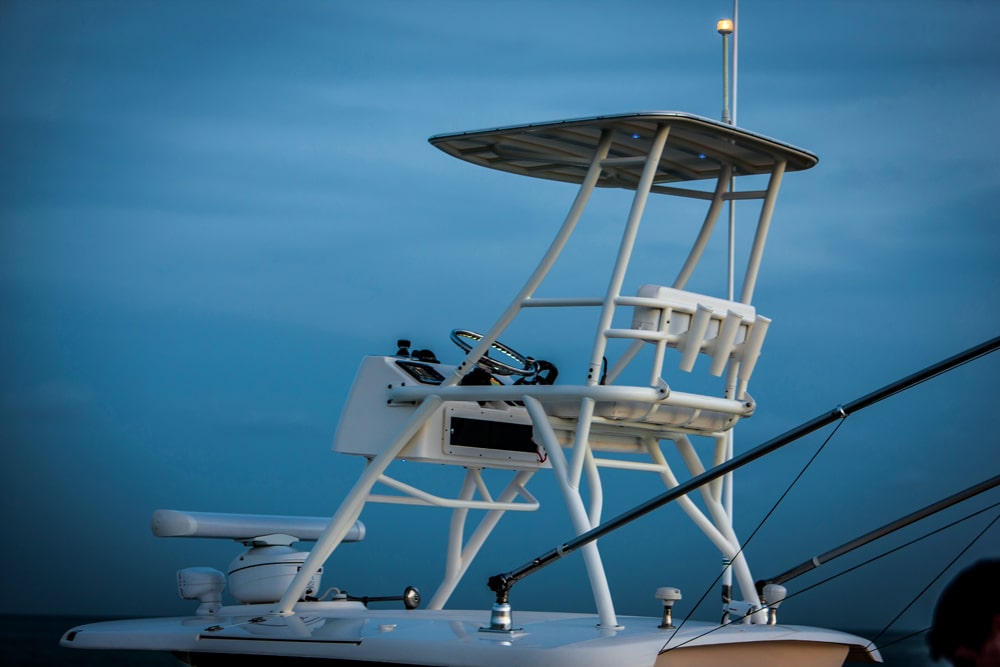
Boston Whaler 350 Outrage
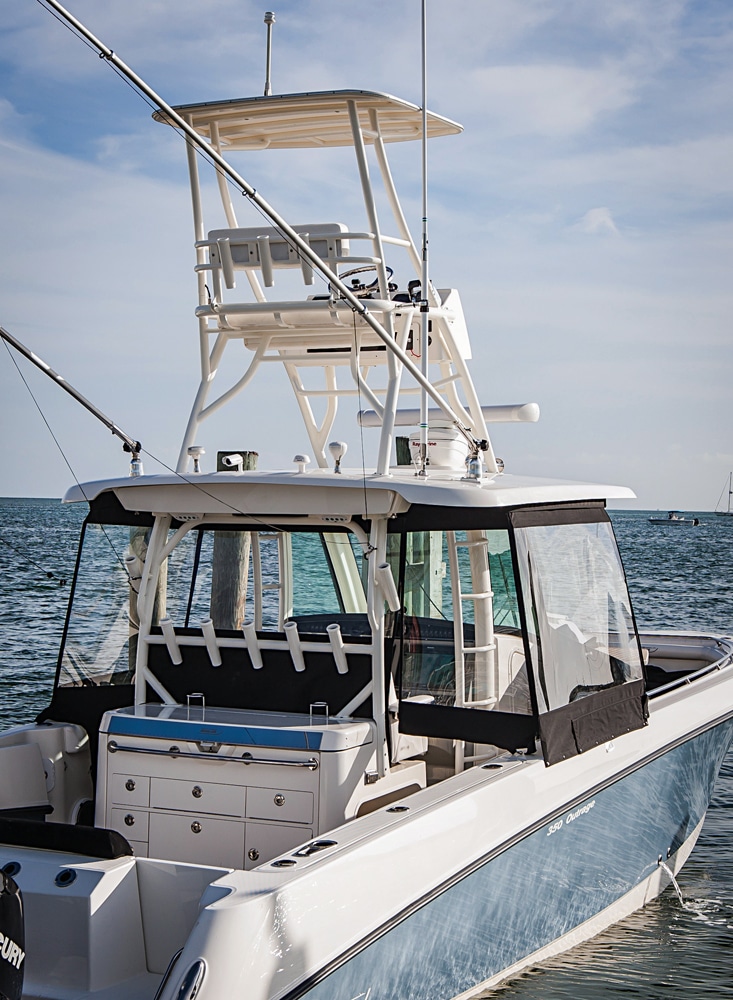
Boston Whaler 350 Outrage
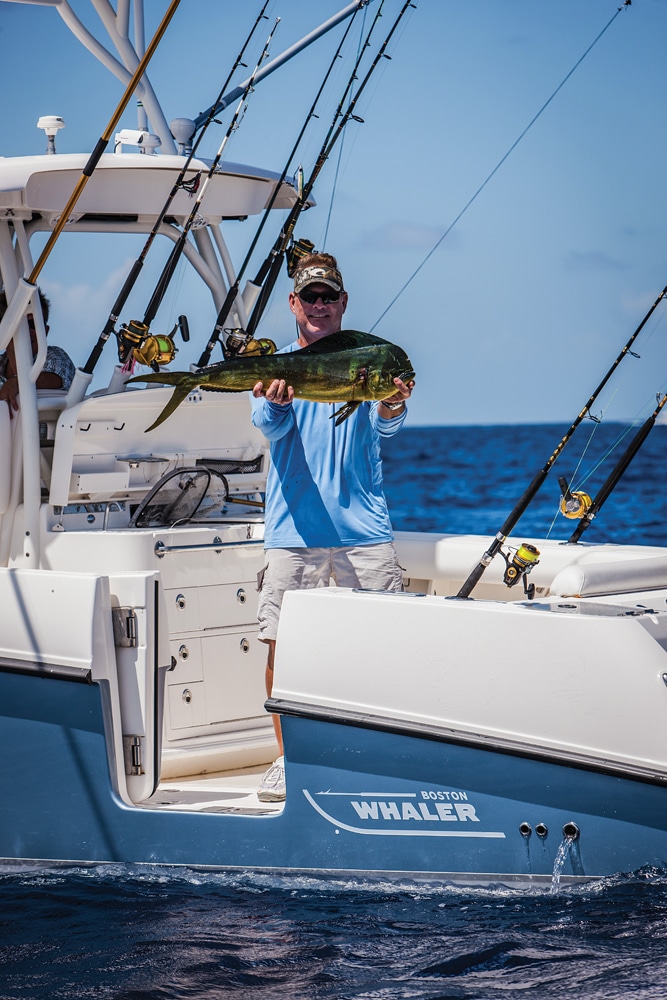
Boston Whaler 350 Outrage
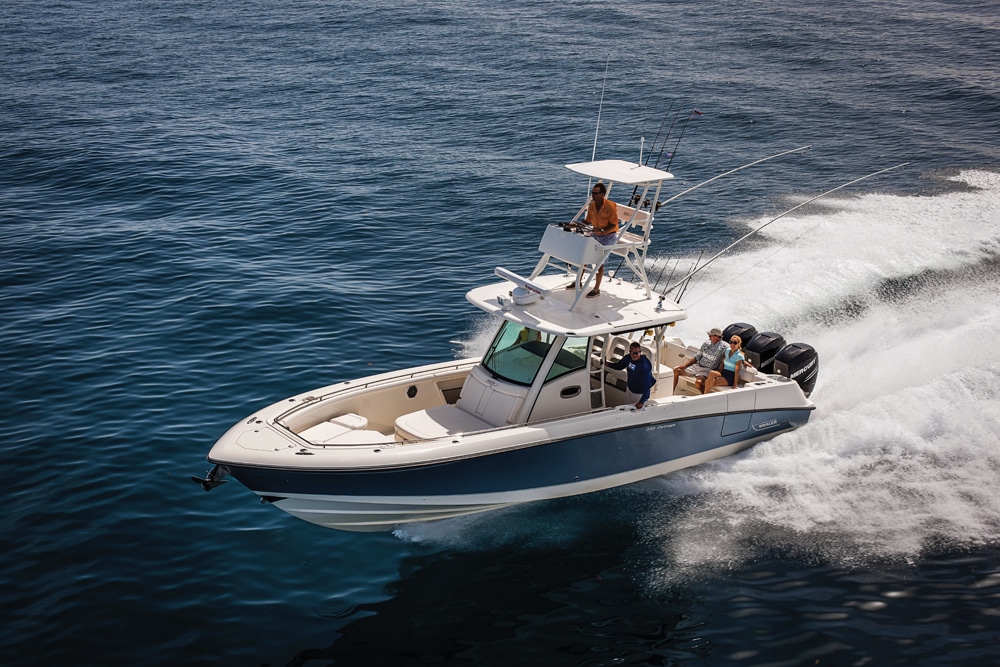
Boston Whaler 350 Outrage
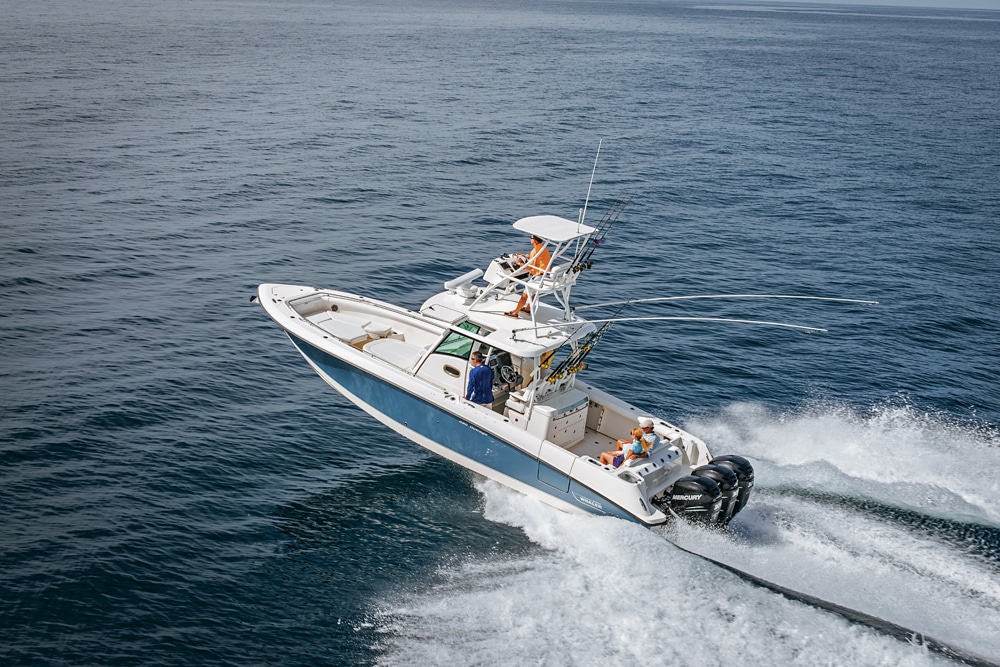
Boston Whaler 350 Outrage
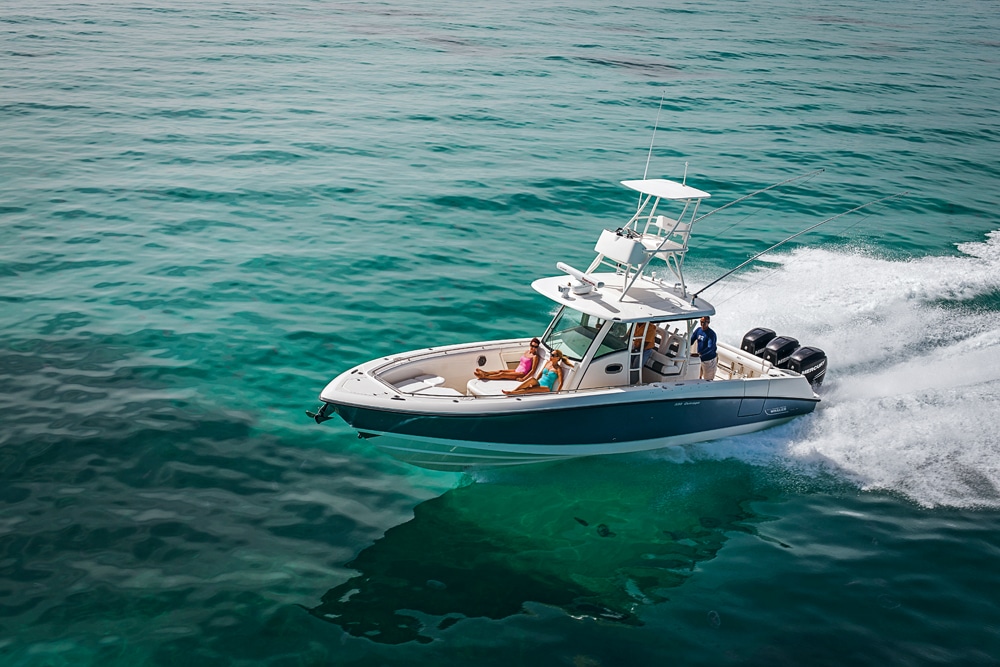
Boston Whaler 350 Outrage
Many of the new supersize center-console boats seem to have gained more creature comforts than hard-core fishing features. Yet there are notable exceptions to this trend, including the new Boston Whaler 350 Outrage — described by Wil Rogers, the company’s large-boat business manager, as the fishiest model in the Whaler fleet.
The 350 also fills an obvious gap in the Outrage line between the 320 and the flagship 370. To see how well the 350 lives up to the legendary Whaler reputation, we scheduled a test to coincide with fishing off north Key Largo, Florida. We’d also find out how well the new 35 1/2-footer handles rough water, because the offshore forecast called for a stiff 35 knots and 6-foot seas.
Pulling out of the slip was a piece of cake thanks to the optional Mercury Outboard Joystick Piloting system ($27,664) we used to control the triple Mercury 300 Verado outboards. As we idled out, Rogers explained, “You can order all the options you want for the 350, but in its basic configuration, it’s a pure fishing machine.”
The boat can stow 32 rods. There are two vertical rod racks (aka rocket launchers), one for five rods in the transom bulkhead and another for seven sticks abaft the helm seating, as well as eight gunwale rod holders, inwale racks for six sticks, and storage for another six rods as part of the watertight mini coffin box built into the forward section of the center-console.
When closed, this also serves as a padded lounger for two — one of the few concessions to nonangling-related luxury aboard the 350. The boat may be fishy, but it’s not Spartan. It includes, for example, a console interior with amenities such as a shower, VacuFlush toilet, hanging locker, storage cabinet, and vanity with a sink and mirror.
The starboard-side door to the console has a cam-action hinge design that allows for a wide companionway but also prevents the door from striking the gunwale when opening. The hardware is heavy-duty and the design innovative, but it takes a bit of practice to close the door properly.
As we accelerated into a 3-foot head sea outside the inlet, I expected us to get banged around but was pleased with the comfortable ride at 4,000 rpm and 34 mph. The boat’s solid construction was also evident in the absence of any creaks or rattles underway.
Looking for another center-console for comparison? Check out Everglades’ 355T ($421,500 with triple Yamaha F350 outboards). Like Whaler’s 350 Outrage, it’s unsinkable and has an integral hardtop.
We stopped to catch enough live ballyhoo to fill the 40-gallon pressurized livewell built into the rigging station behind the helm seats. While it kept the bait alive, like all pressurized systems, it overflowed with the lid open and sloshed water in the rough seas. We secured the lid as we headed offshore. A second 23-gallon livewell resides in the port quarter, but we didn’t need it on this trip.
With fold-down armrests, the helm seating accommodates a passenger on each side of the captain’s chair (the wheel is in the center of the console). I found the helm seats very supportive and comfortable. Flip-up bolsters can convert each seat to individual leaning posts, if you want to stand.
To gain a little extra height when standing at the wheel, there’s a fold-down “visibility step,” which adds about 6 inches of elevation. While I’m 6 feet tall, I found myself using it the whole trip while piloting.
The 350’s built-in tempered-glass enclosure (with windshield wiper) helps keep the helm area dry. Our test boat was equipped with optional twin Raymarine 15.4-inch e-series touch-screen displays, interfaced with an optional Raymarine 1 kW, dual-frequency fish finder and 4 kW high-definition radar with an open-array antenna ($33,639 for the electronics package). The helm also featured a Mercury VesselView 7 touch-screen display and twin rocker-switch panels that are slightly below eye level and easy to reach.
If the fishing calls for anchoring, the 350 has a windlass hidden under the bow hatch, with the anchor resting in a roller recessed into the stem. On test day, we slow-trolled with the optional aluminum outriggers ($2,813) easily deployed from the underside of the 350’s hardtop.
A 12-pound mahimahi crashed the port flat line, and that’s when I came to appreciate the coaming bolsters that encircle the interior (except for the beefy transom door in the starboard quarter) and cushion your knees and thighs while fighting a fish. We iced the mahi in one of the two overboard-draining fish lockers that flank the aft cockpit.
Not long afterward, a sailfish bit the port flat line and streaked astern. We turned 180 degrees with no excessive roll in the trough to chase the fish. Rogers brought it boatside and released it within 10 minutes. With that, we headed for sheltered water to gather performance data and found that the 350 accelerates from 0 to 30 mph in just 10 seconds. Top speed was 57.1 mph. When faced with 35-knot winds and 5-foot waves, most center-consoles look better tied to the dock. With the 350 Outrage, the nastier the seas, the better this fish machine looks.
Comparable model: Everglades 355T
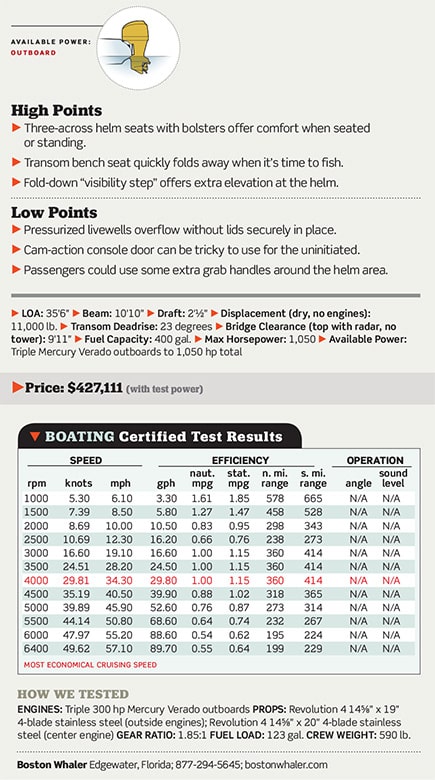
Boston Whaler – Edgewater, Florida; 877-294-5645; bostonwhaler.com

